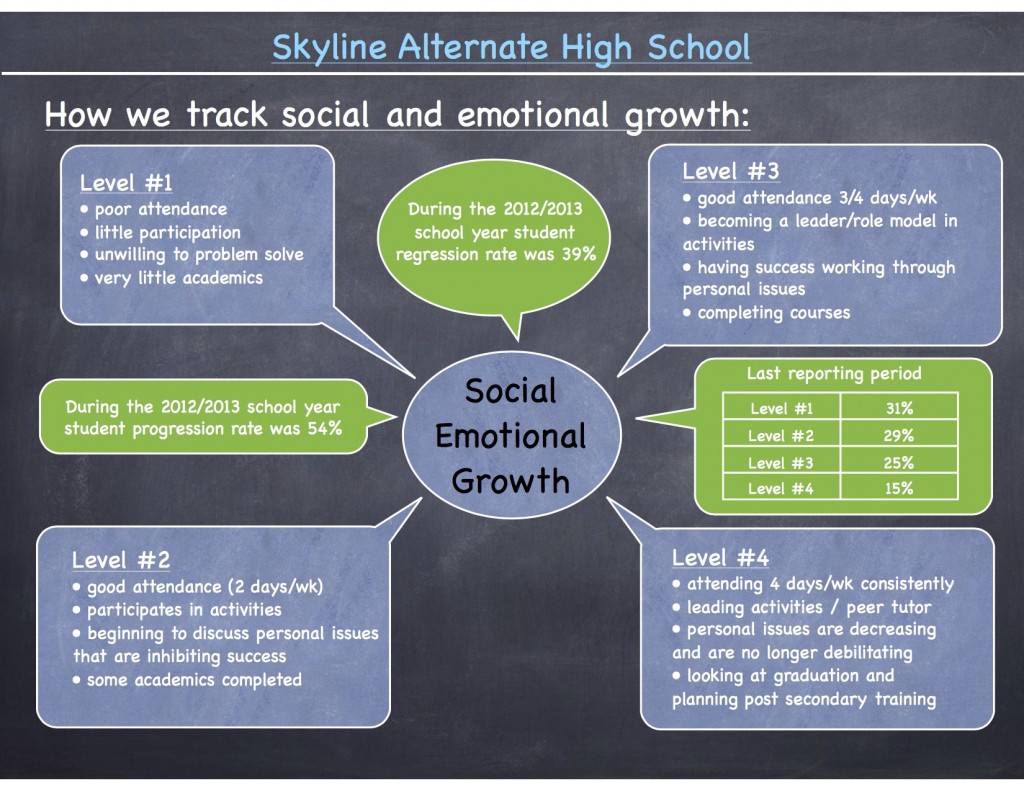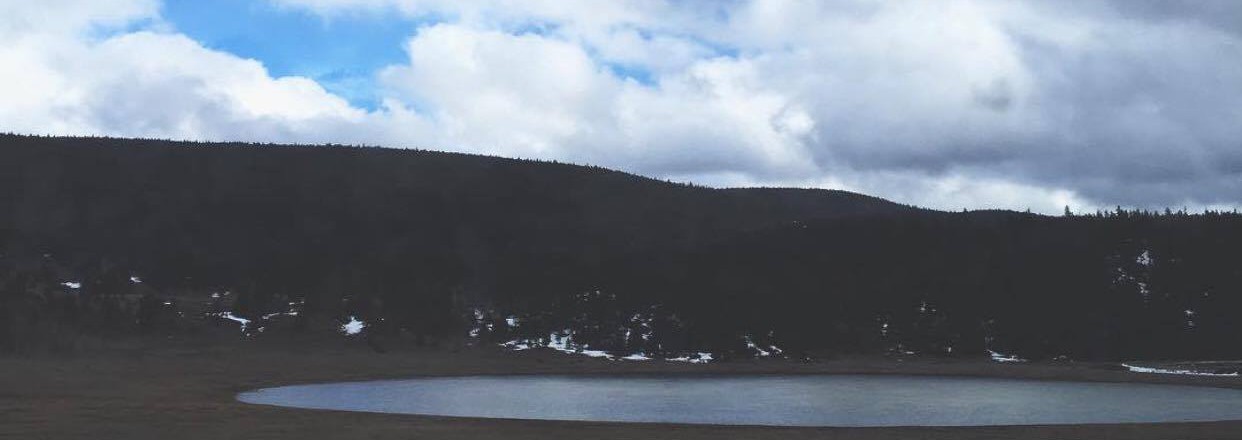Over the past few weeks, our group has been taking steps to plan the details of our focus group discussion that will take place in Williams Lake. While waiting for the online survey and open-ended questionnaire responses from the students, we have been discussing ways of grouping the students with Mike Franklin, the school principal. Currently, the students are broadly placed into classes based on their Social and Emotional Growth level, rather than age. These four levels reflect on areas including students’ attendance, class participation and ability to problem solve.

By using a similar method for our focus group discussions, we hope to provide a familiar and comfortable setting for students as these will be peers they interact and see on a daily basis. Additionally, this would enable students to discuss issues which may be affecting their particular level, and be an ideal time for them to brainstorm solutions on some of these issues. However, it is also important to note that students are not necessarily aware of their particular Social and Emotional standing. There may be a possibility that this will be discussed with the students, but this decision will be determined by the Skyline staff members and principle.
Furthermore, once we have receive the survey data back later on this week, we will begin analyzing the results and shaping more concrete ideas for our focus groups and video. This will be our very first means of contact with the students and we are extremely thrilled to learn about their overall experience and satisfaction as students of Skyline. We hope to analyze the survey data in conjunction with each students’ social-emotional growth level using the students’ Personal Education Number. This will enable us to highlight any existing patterns of correlation we observe. Do students in ranking in level 1 for social-emotional growth display similar attitudes in their responses? What about students in other ranks (2-4)? What about students with similar housing situations? We will need to analyze through an intersectional framework to understand the complex factors that influence their responses.
In addition to using surveys and focus groups as our research approaches, we also plan to create a ‘day in the life’ video with Skyline students during our time in Williams Lake. This video project has multiple functions. First, it provides Skyline students with the opportunity to be actively involved in our research project, and enable them to feel like an integral part of the research process. The video project also serves as an outlet for students to share their experiences of being at Skyline, which can potentially be used to address the stigma that alternative schools face. By following a ‘day in the life’ format, we hope that the video will shed light on the positive and unique experiences that students have at Skyline. Participants for the video project will likely be recruited from our focus groups, as they would have an understanding of our project to some degree. We hope to ask each student 1-2 questions, and encourage the students to film snippets from their day. Some examples of the questions that we hope to ask include:
- What do you like best about Skyline?
- What is the best thing about being a Skyline student?
- If you could describe Skyline in three (positive) words, what would they be?
By undertaking this collaborative video project, we hope that we can bridge the gap between researchers and research participants. We also hope to give the students a sense of agency which will empower them to feel like they are playing a pivotal role in reducing the negative regarding alternative school students. We hope to include the students in the planning process by giving them the creative freedom to direct, film, act, and edit the final video. Ultimately our goal is to produce a tool that is meaningful and created by the students, for the students and the broader community more generally to create a positive light associated with alternative schooling.
